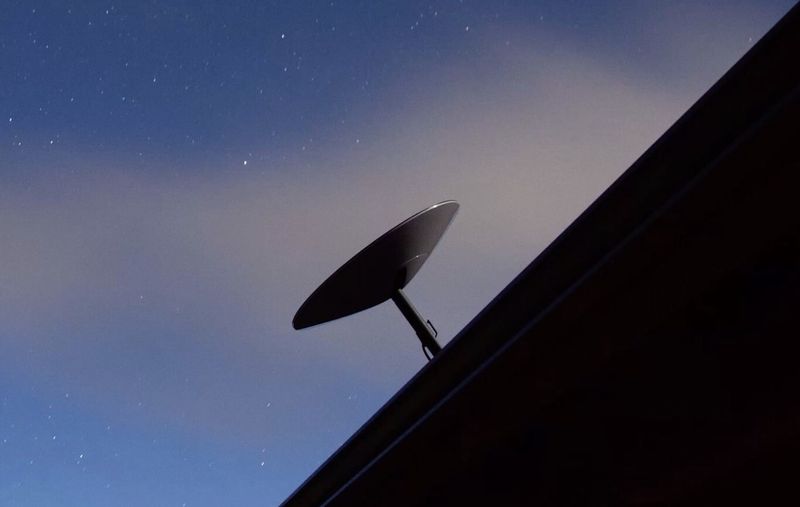Elon Musk’s SpaceX is in the process of acquiring Swarm Technologies, a company that has probably flown under the radar all this time, although it has a lot to offer. Similar to what SpaceX is doing with its Starlink satellites, Swarm is also building a network of satellites for surface communications. But there is one important difference – its satellites are no bigger than the size of a smartphone.
SpaceX acquires Swarm
According to documents filed to U.S. authorities, SpaceX is taking over Swarm and all of its operations on Earth and in space. It currently has hundreds of microsatellites already launched in space, as well as interesting and coveted FCC (US Department of Communications) licenses that will be useful to SpaceX.
One of the most interesting things about Swarm is probably its satellites, which they describe as “the smallest commercially operated satellites in space”. They measure just 11 x 11 x 2.8cm and weigh about 400g each. To put them in context, about the size and weight of a smartphone.
This small size has huge advantages, such as the cost of manufacturing or especially the cost of launch. Because they are so tiny, they can all be stacked together and launched at once and easily on a rocket. Swarm says the cost is “a fraction” compared to the price of traditional CubeSat satellites.

How did they achieve such small satellites? By making use of precisely the technologies used in smartphones. Instead of filling each satellite with hundreds of cables, everything is built and designed on the board just like in a smartphone.
Swarm’s goal? Somewhat similar to Starlink’s goal: to offer Internet connectivity from anywhere in the world. That said, without promising streaming movies and online video games with almost no ping. Swarm has focused more on connections that do not require a large amount of data, namely IoT devices.
The idea was to be able to connect thousands of sensors and devices on the earth’s surface to collect and transmit data. For example, small weather bases in remote areas sending real-time data to help make better weather forecasts. It could also be useful for determining the precise position of ships for example (SpaceX has a similar idea for Starlink).
The agreement with SpaceX will allow Swarm to become a subsidiary of SpaceX. SpaceX will get not only Swarm’s technology but also its FCC licenses for satellite and ground stations. These licenses are likely to be one of the major attractions of Space’s acquisition of Swarm, given the difficulties generally encountered in obtaining FCC approvals for wireless communications.





